Top 5 Interesting Facts about Giraffes
The largest ruminant and the tallest land animal are both members of the giraffe genus of mammals, which is a suborder of the even-toed ungulates. Along with ... read more...its closest extant relative, the bald-legged deer, it is categorized as a member of the family Giraffidae. There are 11 species in the genus, including some common ones such. Few people are aware that giraffes possess highly developed fighting abilities, can gallop, and were given as gifts by the ancient Egyptians to demonstrate their power. Let's look at some fascinating information about this species.
-
Deer have a rather complex mating process and have been studied by biologists over a long period of time. Male giraffes use an uncanny method to determine if their mate is ready to mate. When a female is approached by a male giraffe, she will first be rubbed on her back until she wants to urinate. When the female is urinating, the male giraffe will taste the urine as an act to find out if the female is ready to mate. This amusing act is known as the "Flehmen sequence."
If the male giraffe feels that she is ready to mate, it will start stalking her. Biologists have observed that in many cases, females simply run away from males and look out for better males. Once the male has tasted her urine and is satisfied with it, he will persist in pursuing her until she agrees to mate. On the other hand, if a female becomes interested in a male giraffe, the female herself will pursue the male giraffe and make him taste her urine. Taste urine to the liking of male giraffes, and soon they will have fluff.
Another interesting case between giraffes is when two males compete for a female. This could be called a battle of the necks, in which males press their necks together like gladiators wielding swords on a battlefield until one of them gives up and submits. There are also rare occasions when they swing their necks and try to hurt each other. In such cases, the male with the longer neck wins most of the times. When the fight came to an end, the males stroked each other's necks and ended up having sex with each other! In fact, 75% to 94% of the time a male giraffe copulates with another male giraffe! The animal kingdom is weird!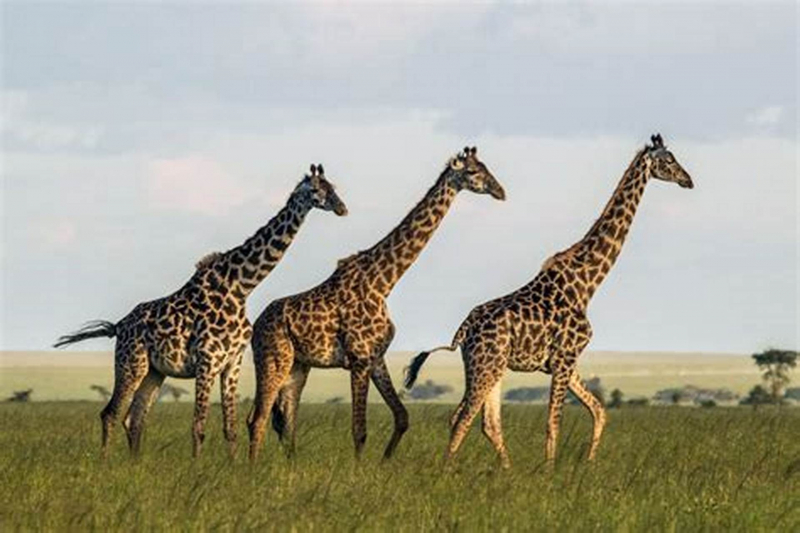
Source: treehugger.com 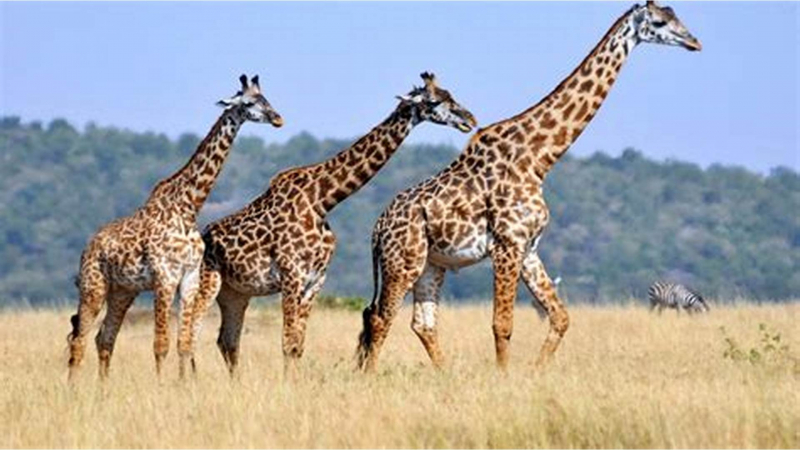
Source: wallpapers13.com -
For astronauts on lengthy journeys, extraterrestrial weightlessness - the experience of floating through space inside of one's craft - is both a blessing and a punishment. Canadian astronaut Chris Hadfield observes that "bodies are made to work with gravity. The blood is pushed to your feet and your heart squeezes it to your head; if gravity were to suddenly disappear, your heart would continue to do this, but gravity would no longer force the blood back to your feet, causing your head to swell.
Physiologist Alan Hargens and his colleagues at NASA discovered in the 1980s that newborn giraffes' blood arteries swiftly enlarge after birth, frequently enabling them to walk within their first hour of life outside of the womb. With the help of this finding, the Lower Body Negative Pressure Device (LBNP), which functions like a regular vacuum cleaner to "provide negative pressure across the lower body," became more effective. In turn, this mimics Earth-like conditions and stops astronauts returning home from passing out.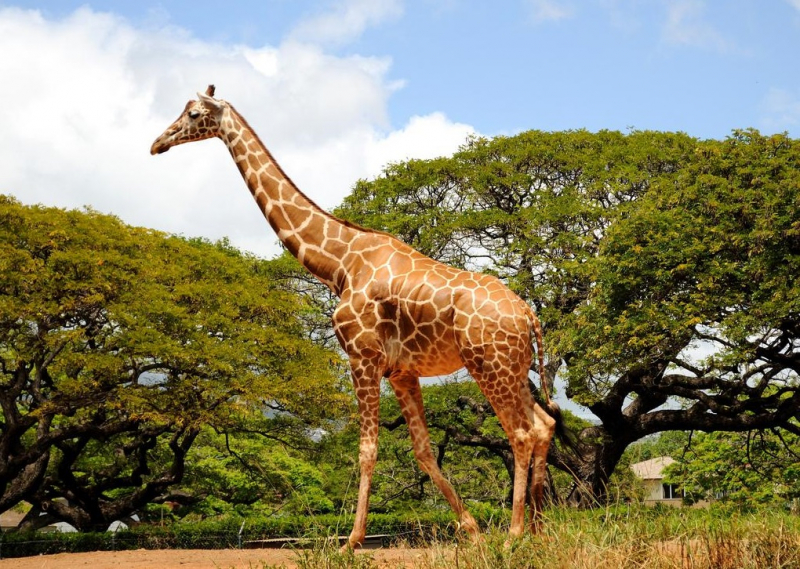
Source: iaslinks.org 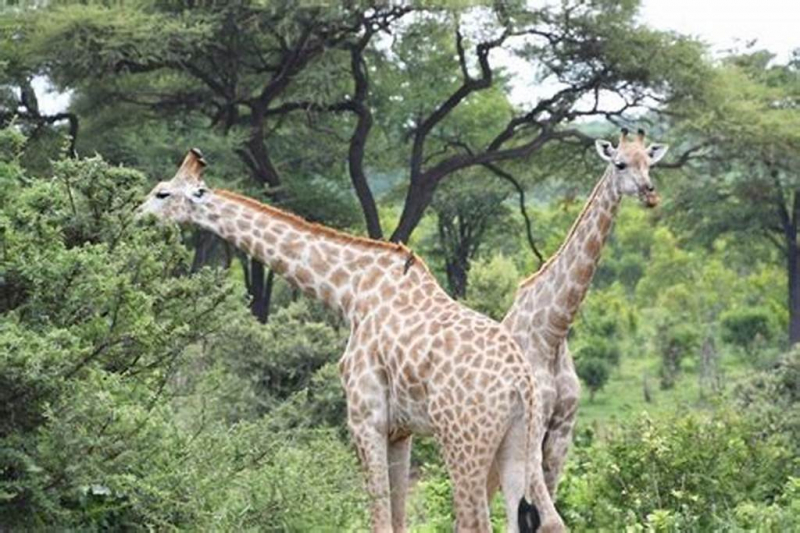
Source: matetsivictoriafalls.com -
Giraffe males test each other's strength by banging, rubbing, and twisting their necks together. These deer battles can continue up to 20 minutes, despite the fact that they look cute when they "cuff with the neck." The male deer uses this behavior as a means of luring other female deer to him. From November 2016 to May 2017, Ms. Granweiler and her coworkers investigated giraffe social behavior at the modest Mogalakwena River Reserve in South Africa. They started keeping track of the specifics of these battles, practically a who-fought-who and how in the world of the giraffe.
They were startled to learn that giraffes, like humans, may fight with their right or left hand. Although, unlike humans, it appeared that they were equally split between lefties and righties, even the youngest animals demonstrated a significant preference. The researchers also observed that the younger boys engaged in less bullying and sparred more frequently with one another, almost always picking opponents who were of a comparable size to themselves. There was also a bar brawl effect going on, when one sparring match seemed to spread to the crowd and cause further fights to break out around them.
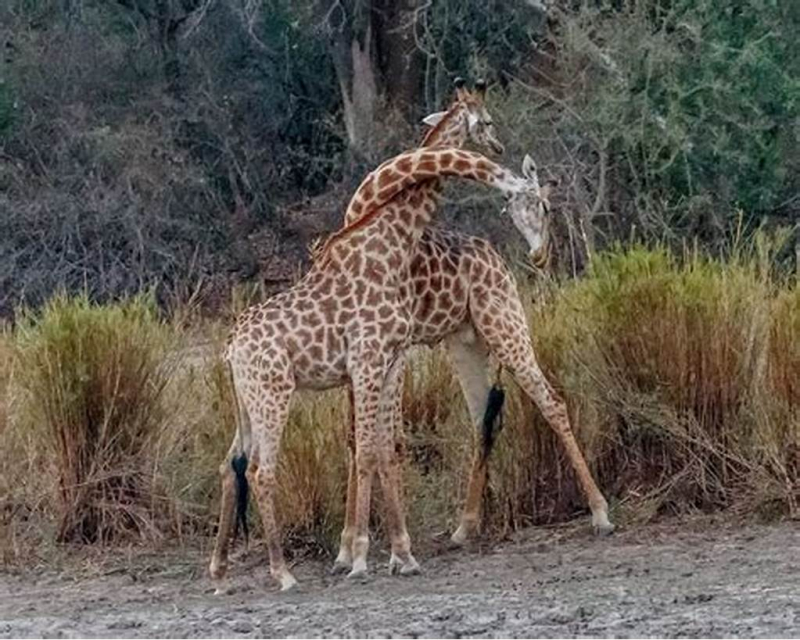
Source: nedhardy.com 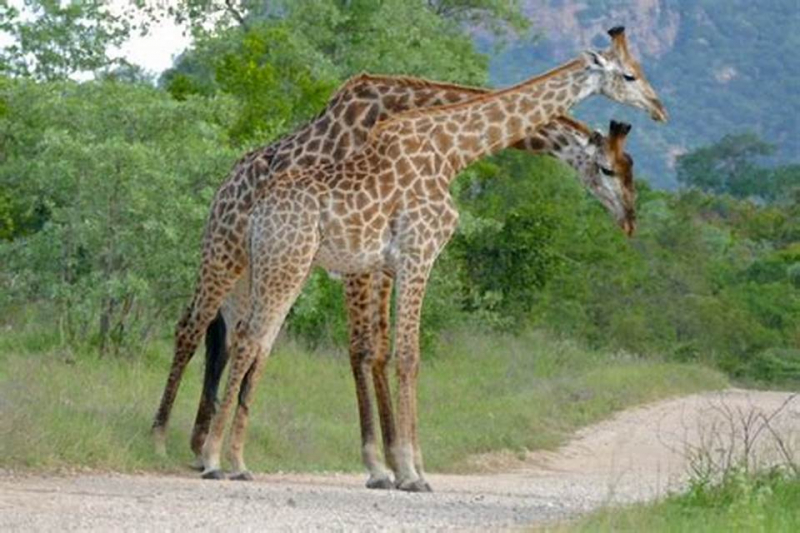
Source: africanbudgetsafaris.com -
The deer's tongue measures about 50 centimeters in length. Deer use their tongues to hold other items, turn their noses, and wipe their ears, just like elephants do with their ivory. The tongues are dark blue to shield themselves from sunlight. The deer just lick the leaves and tug and put them in their mouths, making use of their tongues that resemble snakes to obtain food. When coupled with the tongue, the deer's broad upper lip can act as an arm. To guard against thorns and wounds, the interior of the mouth, along with the lips and tongue, are coated by a tough, finger-like papilla.
A giraffe's tongue has changed over time to become the appropriate form, size, and color match for its preferred diet. The acacia tree, a tall tree with branches scattered with leaves and strong thorns, provides the giraffe with its preferred diet of leaves. Since the giraffe's long tongue has a grasping capacity, it can be used to remove leaves from an acacia tree while avoiding its many painful thorns. Giraffes require roughly 30 kg of acacia leaves per day to survive. Giraffes can spend up to 12 hours a day feeding since they only eat a small amount of leaves in each bite to avoid the many thorns on the branches.
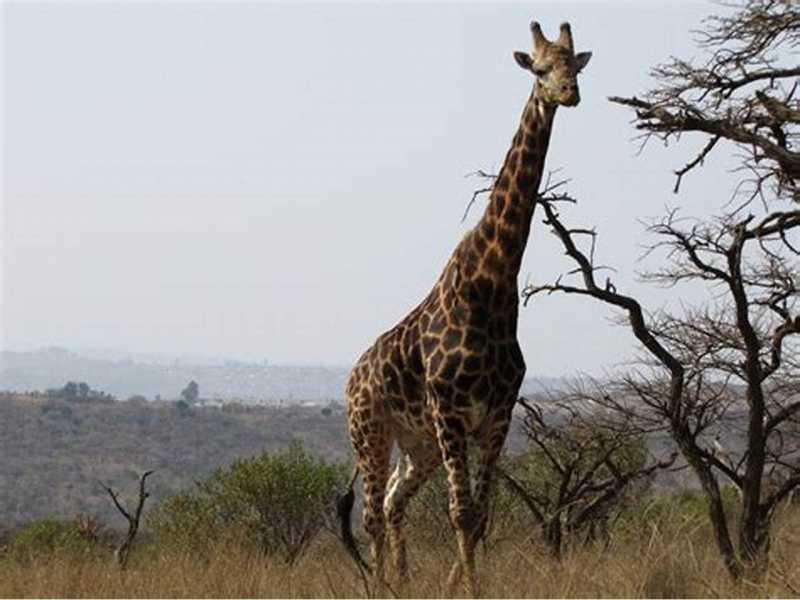
Source: blogspot.com 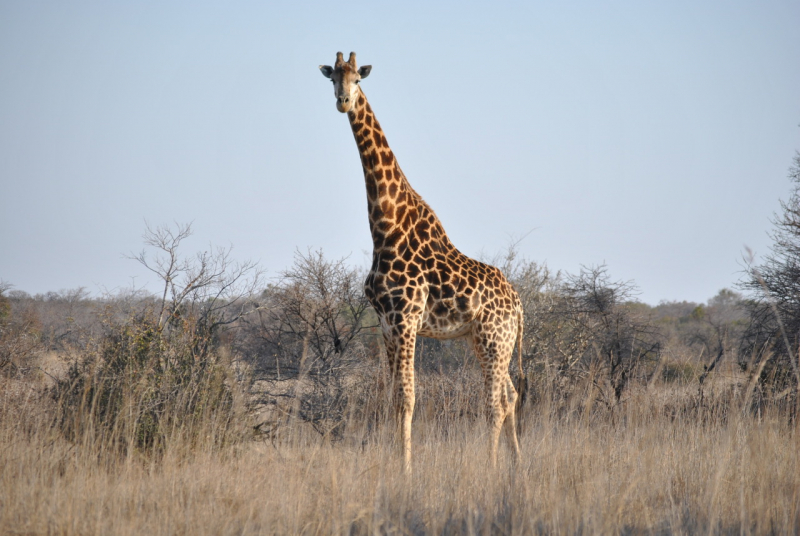
Source: Tumblr -
As early as 2,500 BC, ancient Egyptian kings captured deer and paraded them in front of the people. Considered a very impressive and luxurious animal, giraffes were gradually used as gifts and to show the power of those in power. Julius Caesar, a famous king of ancient Egypt, once received a gift of giraffes and brought them to be paraded in Rome. The giraffe was then brought into a circus ring and fed to the lions to show the strength of Julius Caesar.
Many Roman emperors turned to importing a lot of giraffes to use as props in circus games where the animals were murdered by being fed to ravenous lions in the centuries that followed. Giraffe populations began to decline sharply before the end of the Roman Empire before being extinct in Europe for centuries. The giraffe made a comeback in Europe in 1486, when the Florentine noble who was in charge of Florence at the time acquired Lorenzo de' Medici. The gorgeous Lorenzo received a female giraffe as a gift from the tower's Egyptian sultan Qait bay. Numerous reports claim that the giraffe was well-treated and given a stable by the citizens of Florence.The giraffe made its way back to Europe more than three centuries later, in 1827, when Egyptian ruler Mohamed Ali Pasha granted three giraffes to France, Austria, and Britain at the request of Bernardino Droviti, the French consul in Cairo, in an effort to halt these nations' support for the Greek rebels and mend some of the relations that had been damaged by the Turkish massacres.
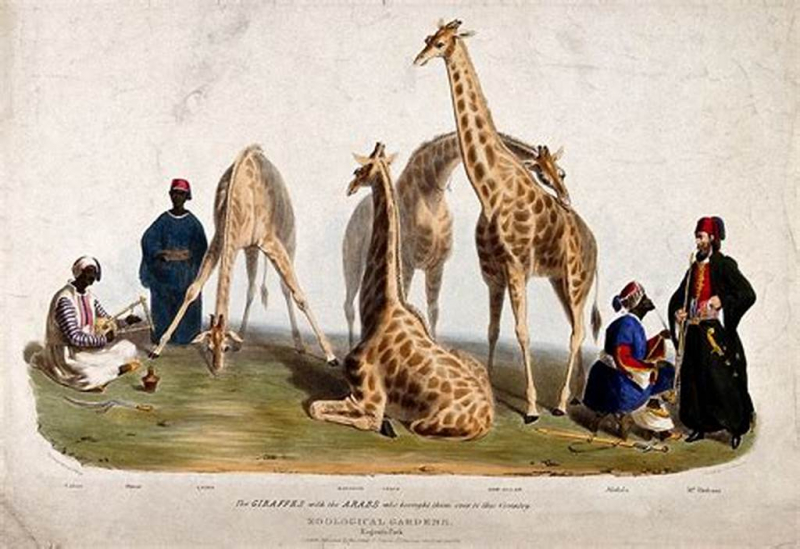
Source: Wikimedia 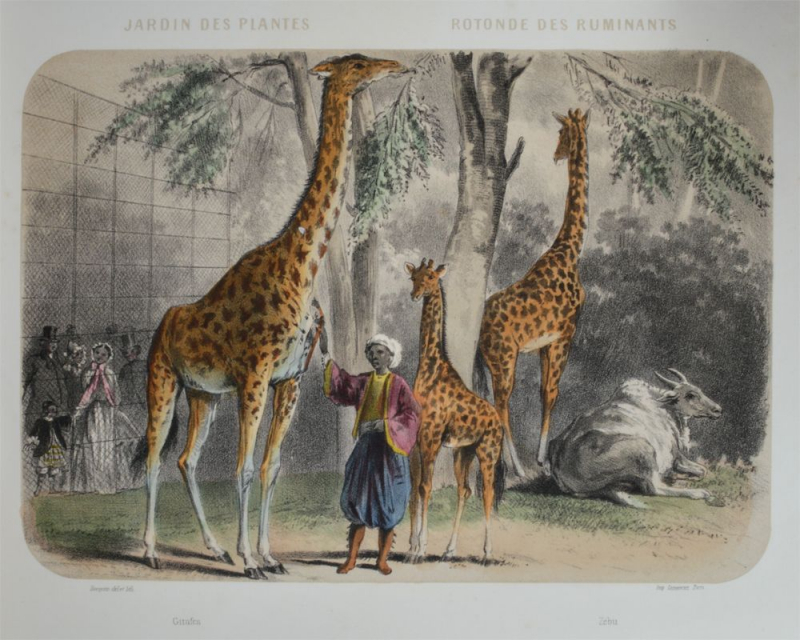
Source: Pinterest


























